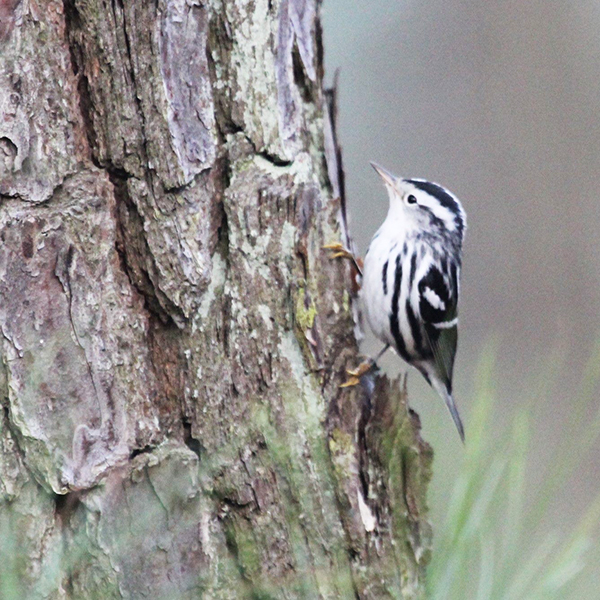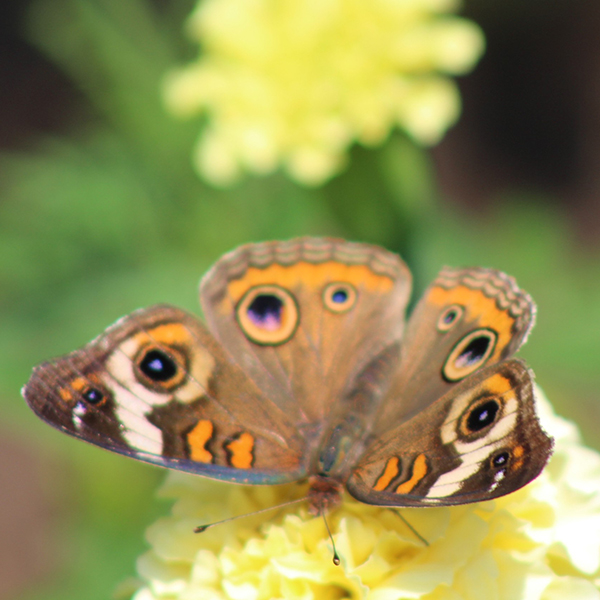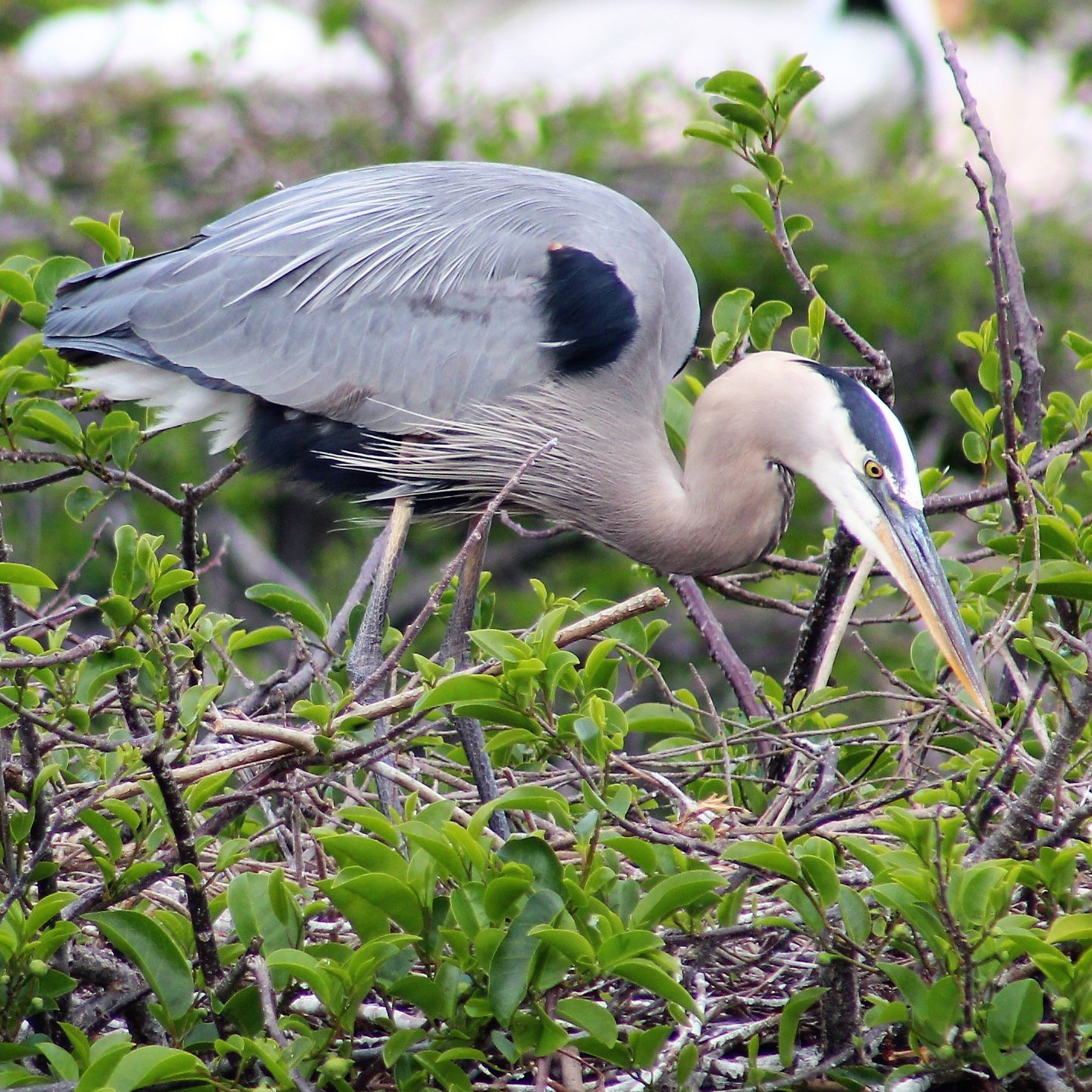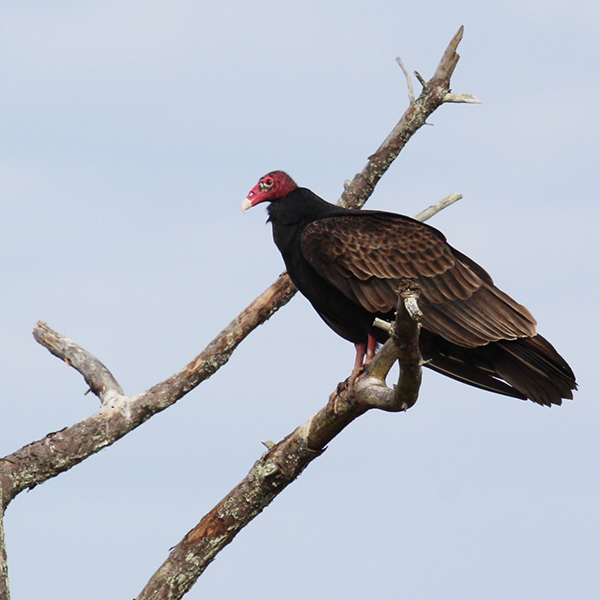MAGOTHY BAY NATURAL AREA PRESERVE
In Brief: Located just north of the Eastern Shore of Virginia National Wildlife Refuge, a smaller preserve with two trails through scrub-shrub, maritime forest, and saltmarsh habitats. An enjoyable walk at any season, with birding most productive in fall and winter.
Access: Open daily. No bathroom facilities.
Virginia DWR Bird and Wildlife Trail Site: Magothy Bay NAP
Please visit the Virginia DCR website for more information regarding potential closures due to management activities and hunting on adjacent ESVA NWR: Magothy Bay
EVERYTHING YOU NEED TO KNOW ABOUT BIRDING MAGOTHY BAY NATURAL AREA PRESERVE
Vesper Sparrow.
No matter what the season, the strategy for birding Magothy Bay Natural Area Preserve (286 acres) is identical. Turn eastward off Route 600 (Seaside Road) onto Bull’s Drive. This road is dirt and has a brown street sign (indicating private road), but this is a public right of way to the Natural Area Preserve. Along this road, watch for Grasshopper Sparrows in spring and summer, American Kestrels in autumn and winter, and Eastern Meadowlarks and Killdeer year-round. When the fields along this road are flooded, hundreds of shorebirds can be present, and scarce species like Upland Sandpiper and Buff-breasted Sandpiper are to be hoped for. Gull-billed Terns sometimes forage over the fields with their young in July and August. Wet fields in winter can mean waterfowl (especially geese) and Wilson’s Snipe. A scope is handy to have for more distant birds. Occasionally, a Vesper Sparrow is flushed from the side of the road, usually between October and February. Watch for Lark Sparrow earlier, in August and September, but some linger later, into winter. This location is very near the end of a very long peninsula, so check each bird carefully for western or Eurasian species.
Park in the small lot at the end of Bull’s Drive, which turns left (northward) just before a large house. From the parking area, take either the trail that leads eastward (wider track) or northeastward (through heavy scrub). Take water and, in the warmer months, insect repellent. The track that leads through heavy scrub is a loop. This habitat was created to benefit migratory songbirds, on land that had previously been devoted to agriculture. Because the cover is relatively dense, birds are more difficult to see, but sparrows, warblers, Gray Catbird, Blue-gray Gnatcatcher, Northern Bobwhite, and other birds of this habitat can often be found. More rarely, Dickcissels have been reported during the warmer months.
The wider track, which is actually a continuation of Bull’s Drive, is usually superior for birding. Typical breeding birds in spring and summer here include Orchard Oriole, Cedar Waxwing, Common Yellowthroat, American Goldfinch, Field Sparrow, Indigo Bunting, Blue Grosbeak, Northern Cardinal in the first half-mile of the trail. In the cooler months, from late October through late March, one or two Orange-crowned Warblers are usually present in the Groundsel stands. This area can also be good for flocks of sparrows in fall and winter; keep an eye out for Clay-colored in fall. In the distant past, American Tree Sparrow has been seen here, but that species has become genuinely rare in the county in recent decades. Continuing east down the track, one enters a Loblolly Pine forest (or swamp forest: its margins are often flooded), where year-round all of the area’s woodpeckers can be found and a few Brown-headed Nuthatches with luck. Flycatchers such as Eastern Wood-Pewee and Great Crested Flycatcher nest here, along with Summer Tanager and Pine Warbler. In autumn, small flocks of migrant warblers are occasionally seen. In winter, Ash-throated Flycatcher has been recorded once, and roving flocks of woodland birds including both kinglets, Carolina Chickadees, Tufted Titmice, and Yellow-rumped Warblers are regularly found.
For most birders, however, the attraction of Magothy Bay Natural Area Preserve is the final mile of this track, which follows the top of a dike into fine salt marsh and ends at Magothy Bay, with Skidmore Island visible to the east (and, more distantly, Smith Island and Mockhorn Island marshes). Species diversity in salt marsh is not terribly high, but the species themselves are not often seen in other habitats. Clapper Rails are relatively common here, and one is often seen swimming or walking along the edge of the dike. Herons, egrets, and a few waterfowl and shorebirds are often present. In fall, flocks of sparrows include Seaside, Saltmarsh, and Nelson’s Sparrows, with Savannah Sparrows often feeding on top of the dike itself, sometimes with Swamp or Song Sparrows. Winter sparrows in the marshes are mostly Saltmarsh and Nelson’s, and indeed all three subspecies of Nelson’s are known to winter at this location. Watch for the distinctive grayish Acadian Nelson’s, which is fairly common though still outnumbered by more brightly colored birds from interior populations. When tides are very high (as during a nor’easter, tropical storm, or a “spring tide”), these furtive sparrows will often rest in the Wax Myrtle and Groundsel bushes along the edge of the dike, where they can be more easily studied and photographed. Because this is low marsh rather than high marsh, Sedge Wren is rarely seen here, but listen for them at the point where the forest ends and marsh begins. Marsh Wrens are present in small numbers in most years.
The track ends at Magothy Bay. Sparrows can also be seen here, along with gangs of Boat-tailed Grackles at lower tides. Waterfowl and a few Common Loons and Horned Grebes dot the water in winter, and shorebirds use nearby Skidmore Island as a roost, along with gulls and terns, almost year-round. A scope and patience are needed to pick out less common species on Skidmore, but at higher tides (when shorebirds form roosts), Red Knots, Marbled Godwits, and Whimbrel can often be seen, even during the winter months. Glaucous Gull has been seen here, and in the general area, sea ducks such as Common Goldeneye, Long-tailed Duck, King Eider, Common Eider, and Harlequin Duck have been photographed on several occasions. In the evenings in late fall and winter, watch for Short-eared Owls here; in late summer and early fall, a nice flight of herons and egrets passes this point.
